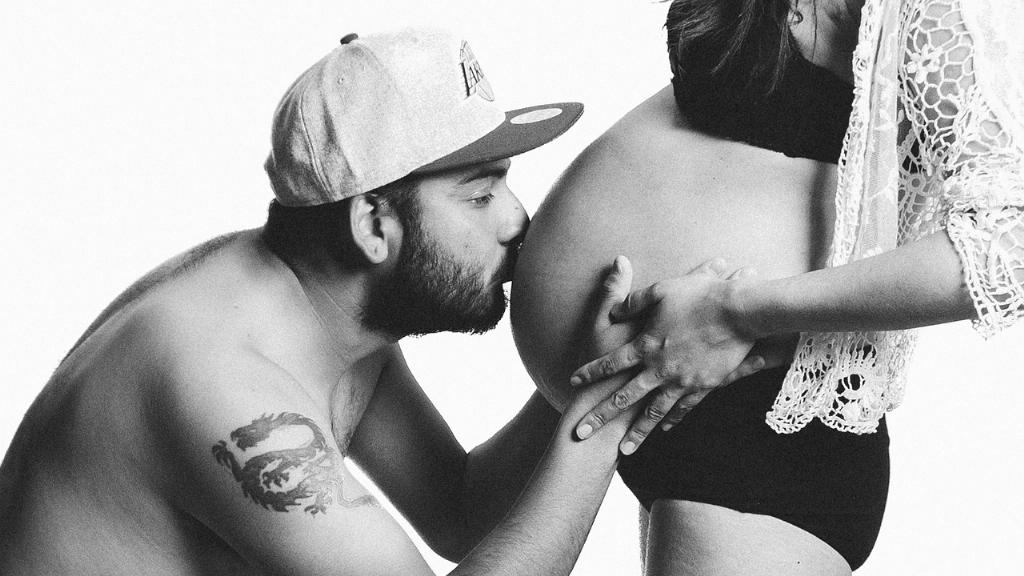Discovering that you are pregnant is a momentous occasion, filled with excitement and anticipation. As your body embarks on this incredible journey, it undergoes numerous changes, both visible and hidden. One common aspect that many women notice early in their pregnancy is a change in vaginal discharge.
The Role of Hormones
During early pregnancy, hormonal shifts occur rapidly, triggering a series of changes in your body. One such change affects the cells lining your vagina, leading to increased production of a milky, white discharge. This discharge, known as leukorrhea, is a normal and common occurrence in pregnancy.
Consistency and Color
The discharge experienced in early pregnancy is usually milky or creamy in texture. It may appear slightly thick, similar to lotion. While the most common color is white, some women may notice a hint of pale yellow in their discharge. This color variation is also normal and does not typically indicate any issues.
Odor and Itchiness
Healthy vaginal discharge in early pregnancy is typically odorless or has a mild, slightly sweet scent. If you notice a strong or unpleasant odor, or if the discharge is accompanied by itching or irritation, it is essential to consult your healthcare provider as these could be signs of an infection.
Changes Throughout Pregnancy
As your pregnancy progresses, you may observe fluctuations in the amount and consistency of your vaginal discharge. In the first trimester, the discharge tends to be heavier due to increased blood flow to the pelvic area. Later in pregnancy, the discharge may become thinner and more watery.
Monitoring Your Discharge
It is essential to pay attention to changes in your vaginal discharge throughout your pregnancy. Any sudden shifts in color, consistency, or odor should be promptly discussed with your healthcare provider. Keeping track of these changes can help in identifying potential issues early.
Precautions and Hygiene
While mild changes in vaginal discharge are normal during pregnancy, it is crucial to maintain good hygiene practices. Opt for breathable cotton underwear, avoid using scented products in the vaginal area, and refrain from douching, as these actions can disrupt the natural balance of vaginal flora.
Seeking Medical Advice
If you experience any unusual symptoms alongside your vaginal discharge, such as pain, burning sensations, or redness, do not hesitate to reach out to your healthcare provider. They can assess your symptoms and provide appropriate guidance or treatment if necessary.
Embracing Changes
As your body prepares to nurture new life, it goes through various transformations to support a healthy pregnancy. Embracing these changes, including shifts in vaginal discharge, is an integral part of the journey towards motherhood.
Final Thoughts
Every woman’s experience with vaginal discharge during early pregnancy is unique. While it is essential to stay informed about what is considered normal, remember that your healthcare provider is your best resource for addressing any concerns or questions you may have along the way.
Enjoying the Journey
Embrace the wonders of pregnancy, from the subtle changes within your body to the joy of anticipating the arrival of your little one. As you navigate through this transformative time, remember to prioritize self-care and seek support when needed. Your body is doing something truly remarkable, and it deserves to be celebrated.

